A conversation at a wedding reminded me how much we all need to be connected.
The father of the bride asked me if it was true that I started Oasis. I answered, and then he said, “I want to thank you for keeping my father alive for the last 20 years of his life. He was so lonely and despondent when my mother passed away that we were very worried. A friend took him to Oasis and he became a devoted member, going several times a week and participating in a wide variety of actives. When he could no longer drive, his Oasis friends picked him up. Later we got a driver and picked them up. It made an immense difference in his outlook on life and I am convinced in his health."
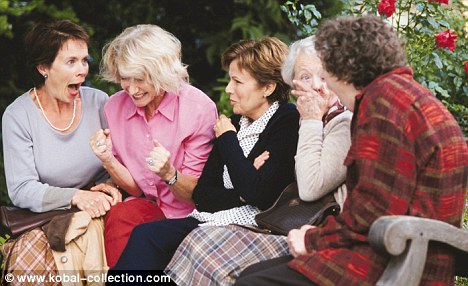 It gave me joy to learn that Oasis had such a positive effect on the bride’s grandfather. But sadly, there are cases in which older adults – in a life transition such as dealing with a spouse’s death – are left alone, isolated and often become depressed.
It gave me joy to learn that Oasis had such a positive effect on the bride’s grandfather. But sadly, there are cases in which older adults – in a life transition such as dealing with a spouse’s death – are left alone, isolated and often become depressed. According to the National Institute of Mental Health (NIMH), depression in older adults is not only widespread but "a serious public health concern.” Recent research suggests that as many as 15 percent of older adults — some 6.5 million Americans — suffer from this affliction.
A high and rising suicide rate is one result. Adults over the age of 65 constitute only 13 percent of the nation's population, but now account for 20 percent of all suicide deaths, the NIMH says, compared with just 16.7 percent 10 years ago.
Because 10,000 Americans turn 65 every day, this is an issue we simply cannot ignore. Social disconnection is especially severe for seniors, I believe, for several reasons:
- More and more Americans live hundreds, sometimes thousands of miles away from their aging family members, often leaving them without little or any family support system.
- Anyone who can’t drive is too often stuck – literally.
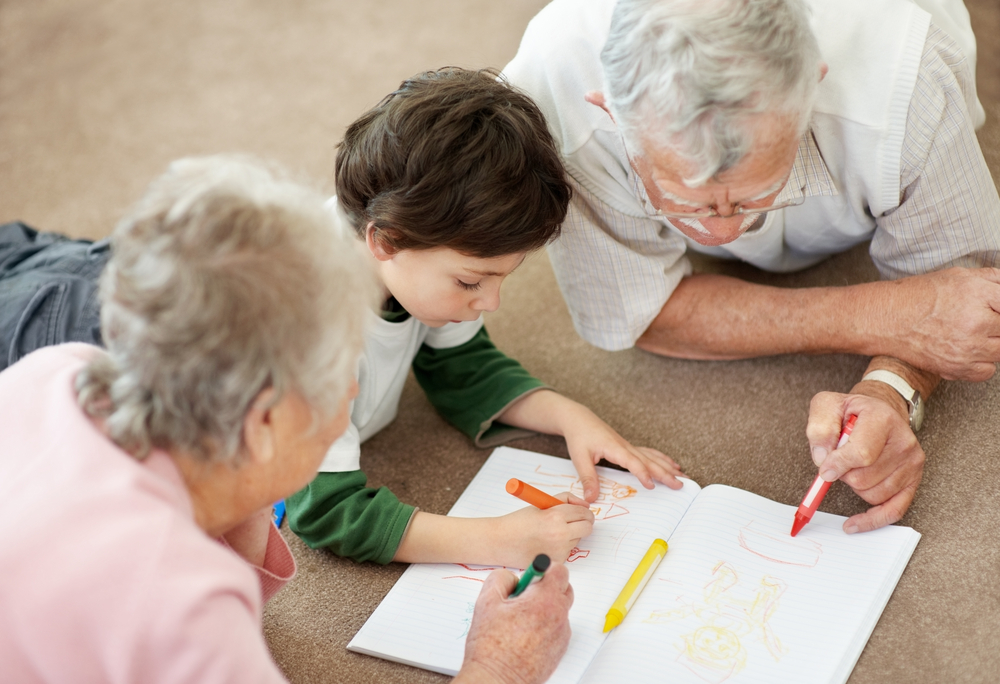 Urban sprawl. It leads to geographic isolation.
Urban sprawl. It leads to geographic isolation.- Technology. If you don’t know how to email or text, your communications opportunities are limited.
- Changes in medical care. Many depend on medical appointments for human contact, but doctors today are often too busy to actually talk with their patients. And seniors often hesitate to open up about depression.
The lifelong learning and volunteer programs that Oasis offers give people opportunities to make social connections, participating with others who share their interests. And the results are often dramatic; people improve their lives more than they thought possible.
Other programs like New York’s the Virtual Senior Center and California’s non-profit EngAGE are helping to get and keep people connected. I’m delighted that the AARP Foundation has been increasing its support for programs of this nature, like Peers for Productive Aging, which trains volunteers to lead regular discussion groups in senior housing and other community settings. But these are only a beginning. We need more, a societal recognition throughout our nation, that aging should not be a sentence to invisibility and isolation.
Whether Oasis is the reason or any other program that engages older adults, I would love to hear more stories of programs that bring people together to change lives.
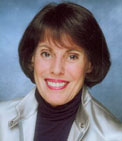
Marylen Mann founded Oasis in 1982 with a group of volunteers and educators, and a grant from the U.S. Administration on Aging. She defied what was then the conventional wisdom about older adults—that they were finished making their contribution to their families and civic life. Mann and her colleagues organized Oasis around three concepts that were once considered revolutionary, and are now widely accepted among those who work with older adults — lifelong learning, community engagement and healthy lifestyles.


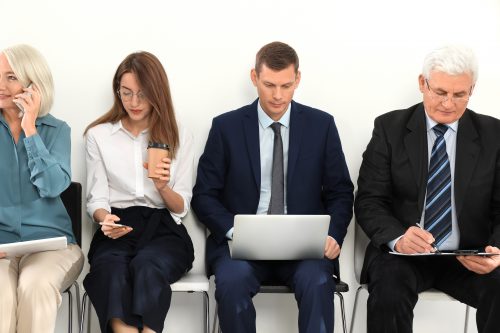
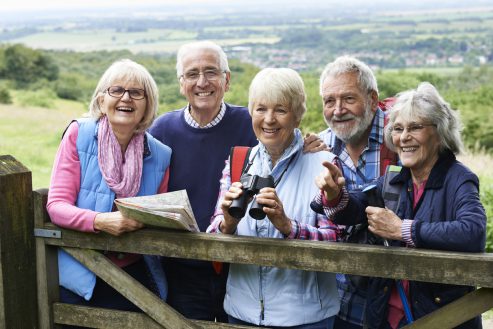
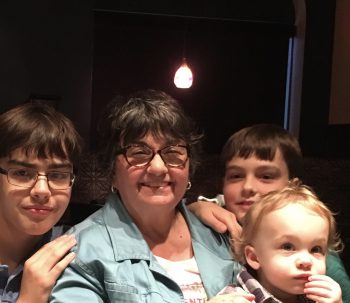
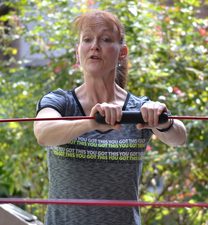
Leave A Comment
You must be logged in to post a comment.